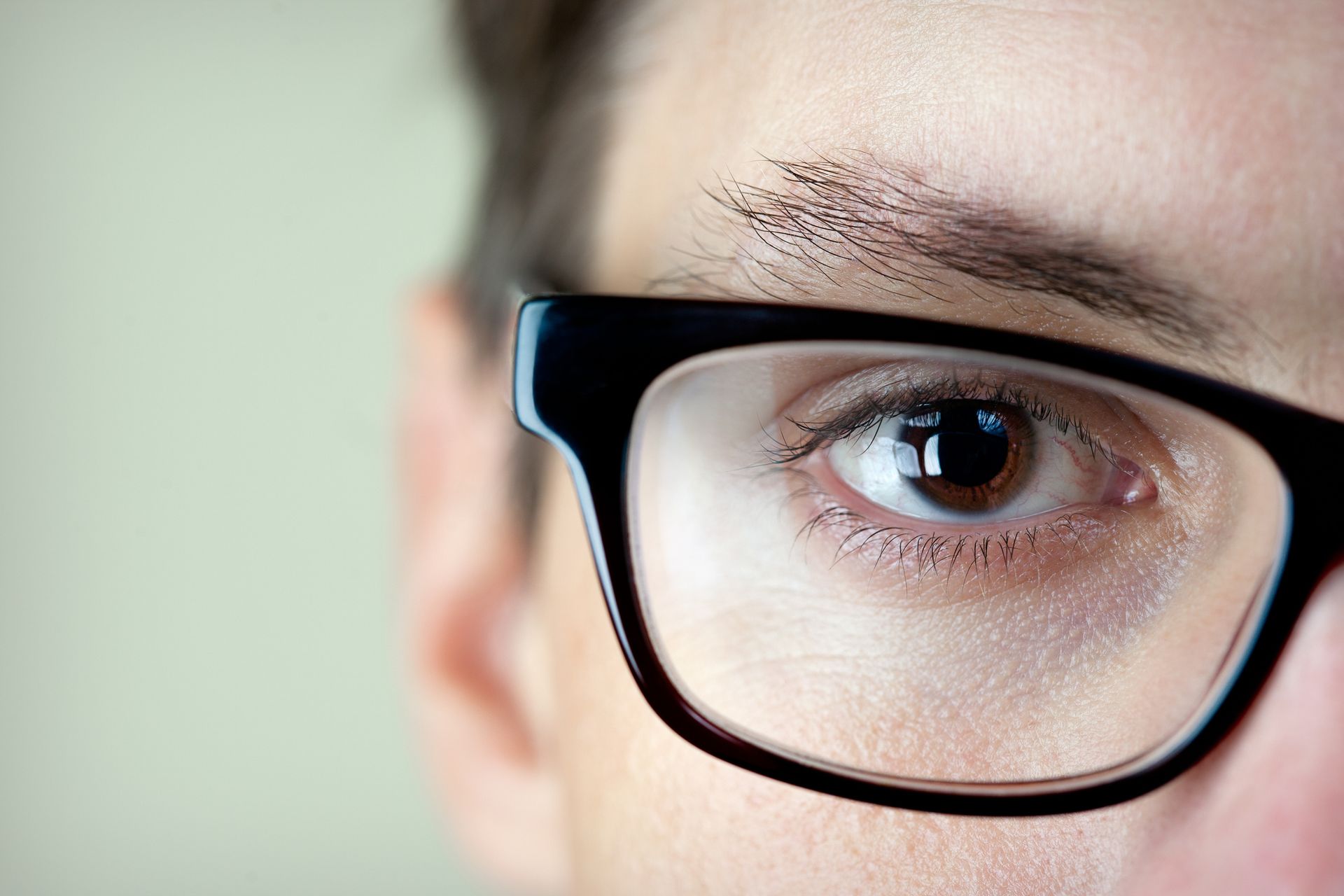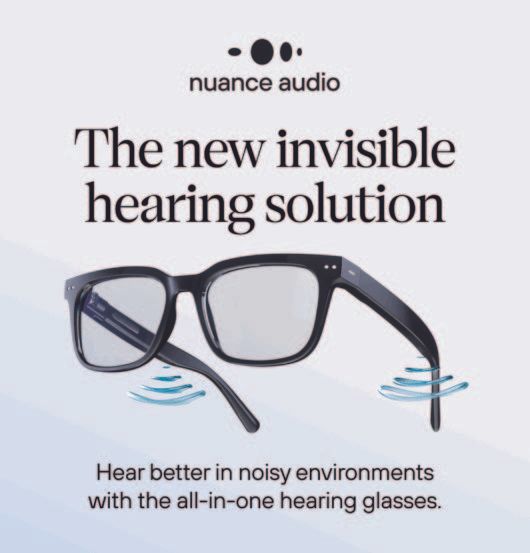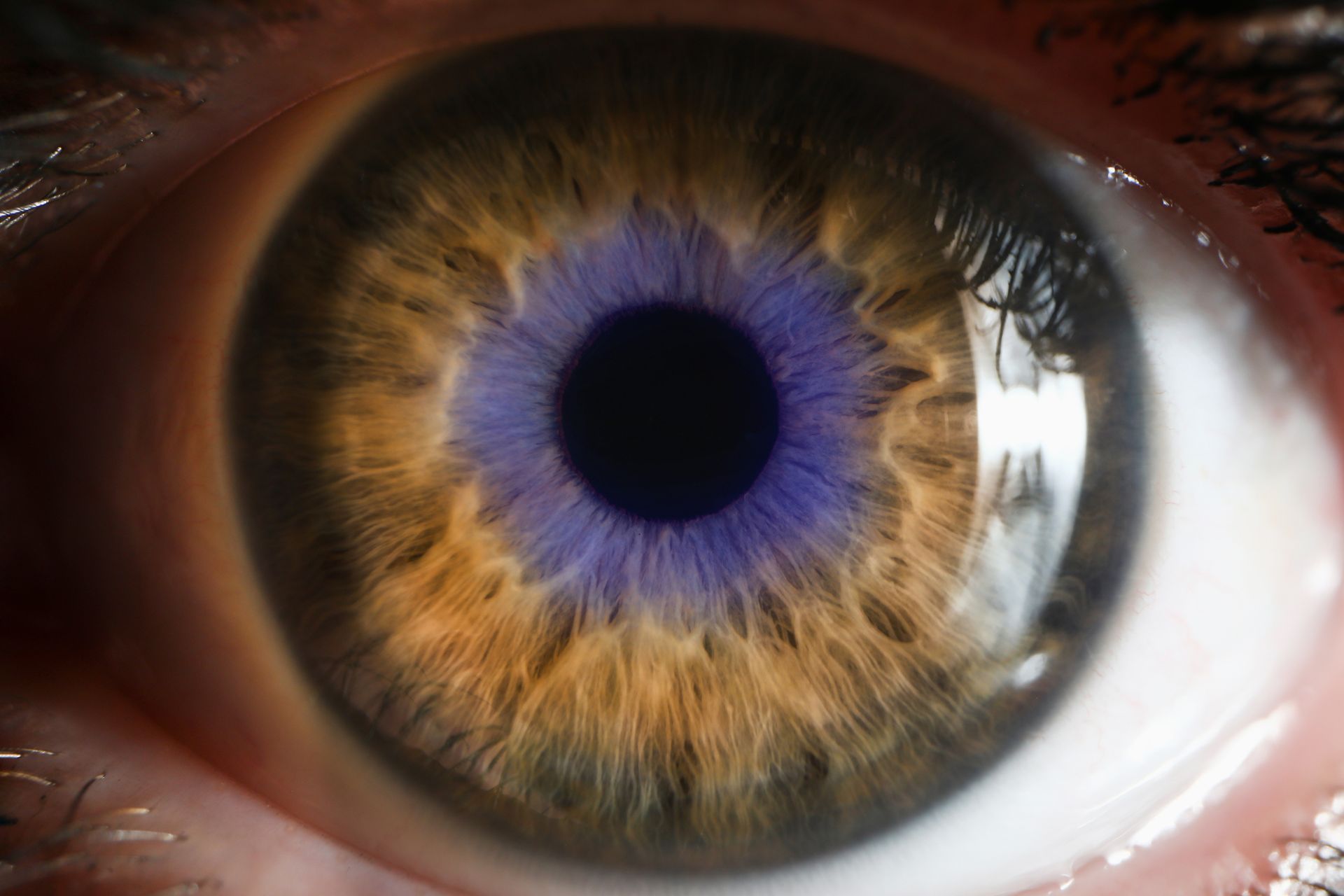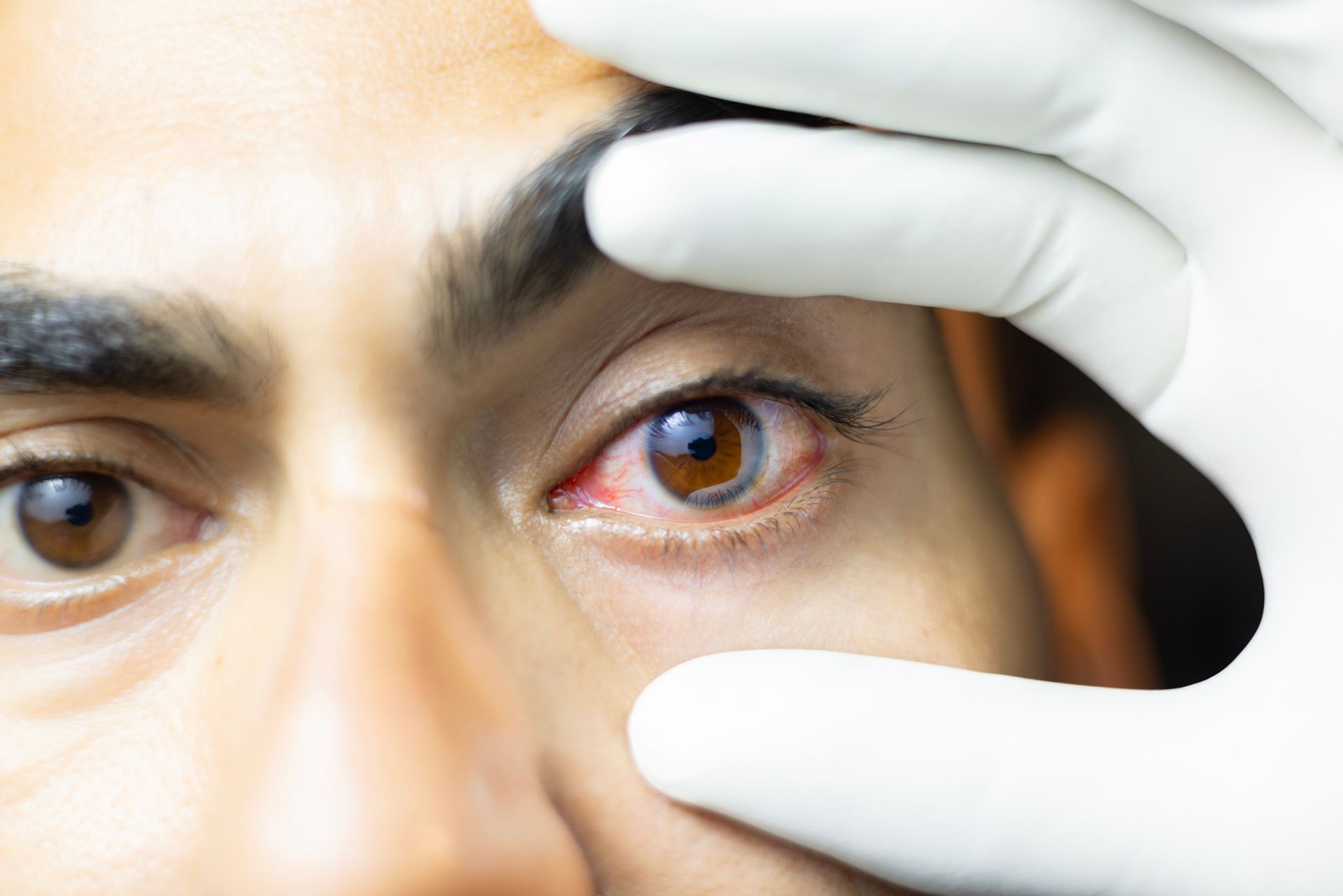Amblyopia hard to understand? Here are the causes and treatment options

Amblyopia, also known as "lazy eye," is a common childhood vision condition where one eye does not develop normal visual clarity. While the eye often appears healthy, the brain uses the stronger eye and begins to suppress the weaker one. This condition affects around 2-3% of children and can lead to permanent vision impairment if not treated early.
Causes of Amblyopia
- Strabismus (eye turn): Misalignment of the eyes causes the brain to suppress one eye to avoid double vision.
- Unequal refractive error: One eye is significantly more long- or short-sighted than the other, leading to imbalance.
- Visual deprivation: Conditions like cataracts can block vision in one eye and prevent proper development.
How We Treat Amblyopia
Treatment is most effective when started early, though improvements can still be made in older children and even adults in some cases. Our approach is tailored to each patient’s specific needs, with regular monitoring to ensure progress.
Treatment options include:
- Glasses: Correcting refractive errors, if present, can improve vision in the weaker eye. Providing a good focussed image is important for the brain to learn to understand that image signal.
- Patching or filters: Covering the stronger eye helps the brain recognise input from the weaker eye.
- Vision therapy: Home-based or in-office activities train both eyes to work together, improving coordination and vision.
At VISION Michael Hare Optometrists, we work with families to develop a custom treatment plan for children, ensuring regular follow-up to track progress.
Related Articles:
- Vision Therapy: What Is It and Who Needs It?
- Eye Tests for Kids: What to Expect
- School Screening Report: What Next?
- Blurry Vision: Sudden or Gradual?
- Doctor Said Get an Eye Test
References:
- Holmes JM, Clarke MP. Amblyopia. Lancet. 2006.
- Wallace DK et al. Pediatric Eye Evaluations Preferred Practice Pattern. Ophthalmology. 2018.
- Tailor VK et al. Treatments for Amblyopia: A Review. Eye. 2016.

The New Invisible Hearing Solution: Nuance Audio - now available at Vision Michael Hare Optometrists










